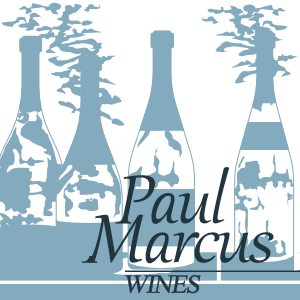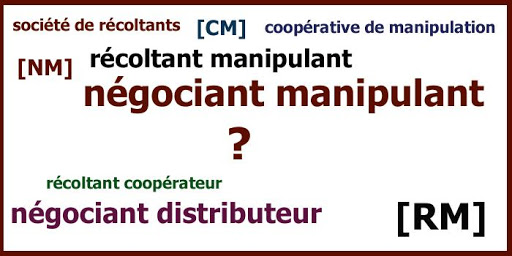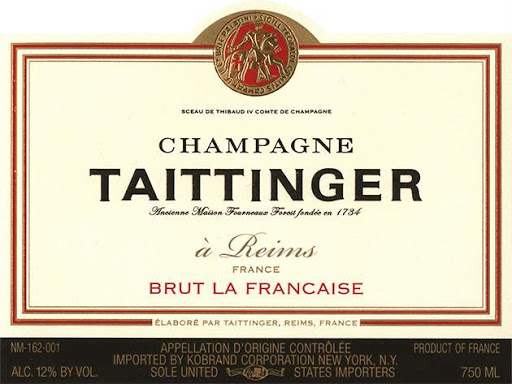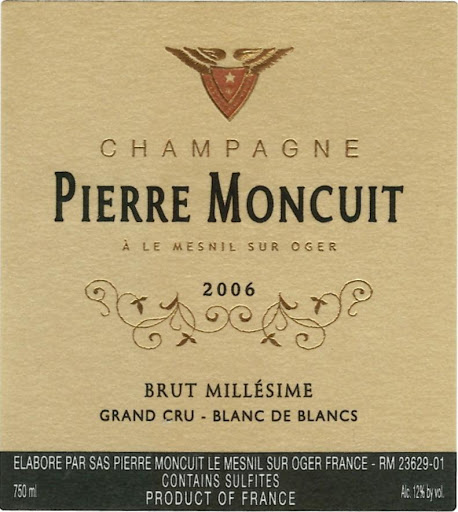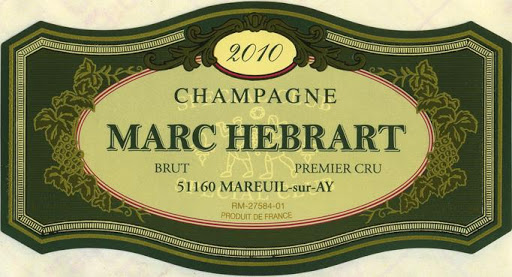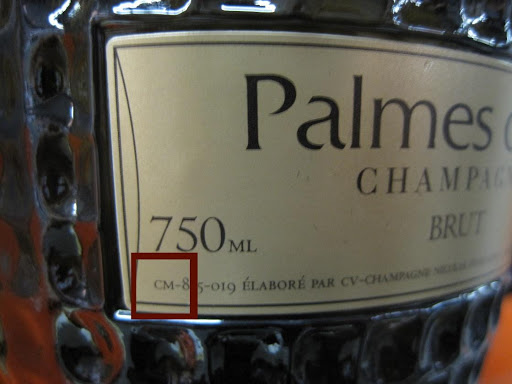As the holidays approach, our thoughts often turn to bubbly, which makes Champagne appreciation a rather important topic this time of year. Last month, in Part I of our Champagne survey, we discussed how to recognize the three major categories of Champagne producers. In Part II, we will now consider the region’s distinct styles and flavor profiles.
Rosé Champagne
What would the world be like without rosé Champagne? In fact, pink champagne was produced in limited quantities until the late 1970s. However, since the 1980s, the demand for rosé Champagne has taken off, and thankfully, it appears there is no turning back. In addition to the gorgeous pink hue that such wines display, the inherently fruitier and more forward style combined with high acidity also make for very food-friendly offerings.
Although the practice of blending red and white wine to produce a “pink” wine is strictly prohibited under regulations elsewhere in France, in Champagne this method is not only allowed, it is the most commonly used method of rosé production. More specifically, winemakers will add somewhere in the range of 8 percent to 20 percent (usually around 15 percent) of a red still wine–often pinot noir from a well-reputed village such as Bouzy.
A second and less utilized method of production is known as saignée. In this case, a Champagne producer basically does what just about every other winemaker in the world does when making a rosé wine: leave the juice on the grape skins and macerate the fruit in order to extract color. After a period of skin contact and maceration, the wine is bled off (in French, the verb saigner means to bleed) and winemaking proceeds.
The resulting rosé wine often exhibits a darker hue, along with juicier, bolder flavors. Some argue that this style of rosé Champagne ages better than those made by adding red wine, because the flavor compounds are more effectively integrated.
Blanc de Blancs
The second style of champagne, referred to as Blanc de Blancs, is composed entirely of white-skinned grapes. In the case of Champagne, this is almost always chardonnay. And while chardonnay is grown throughout the region, some of the finest examples come from the Côte des Blancs.
The Côte des Blancs lies south of the Champagne capital of Épernay and stretches southward more than 20 kilometers. Here, chardonnay reigns supreme, where it is planted to predominantly east-facing vineyard sites. Over the centuries, each grand cru village in the Côte des Blancs has established a reputation or characteristic style: Cramant for its heightened aromatics and bouquet, Avize for its focus and delicacy, Oger for its fine bouquet and raciness, Le Mesnil-sur-Oger for its superior finesse and intensity, and Vertus for its inherent fruitiness and roundness.
In its youth, a Blanc de Blancs can sometimes seem a bit austere or one-dimensional. Fresh citrus, lemon curd, and biscuit are common descriptors. However, with several years of aging, wonderfully complex nuances can develop like toasted bread, grilled hazelnuts, dried flowers, and even salty-savory notes.
Blanc de Noirs
Blanc de Noirs is a (non-rosé) sparkling wine vinified using only red-skinned grapes, which, in the case of Champagne, means pinot meunier and pinot noir. Hardy pinot meunier buds later than chardonnay and pinot noir, and for this reason is most often planted in the more frost-prone areas of the Marne Valley. Meunier-based champagnes will often exhibit more earthy, nutty flavors, along with dried orchard fruits. They pair wonderfully with heartier fare like roasted meats, mushroom-based dishes, and pungent cow’s milk cheeses.
Pinot noir is the variety most often found in Blanc de Noirs. In Champagne, pinot noir generally ripens earlier than chardonnay and pinot meunier and is most often planted in the Montagne de Reims and the Côte des Bar. Providing body, structure, and complexity, pinot noir-based Champagne reaches great heights in the grand cru villages of Bouzy, Ay, and Ambonnay.
A great example of a Blanc de Noirs from the villages of Bouzy and Ambonnay is André Clouet’s Brut Grande Réserve. Terrific shades of red fruits, roasted hazelnuts, and biscuits showcase the opulence and superb balance of this grand cru Champagne.
This delightful bottle (along with dozens of others, spanning every style) is available at Paul Marcus Wines. Come visit us at the shop to learn more about the wonders of Champagne.
